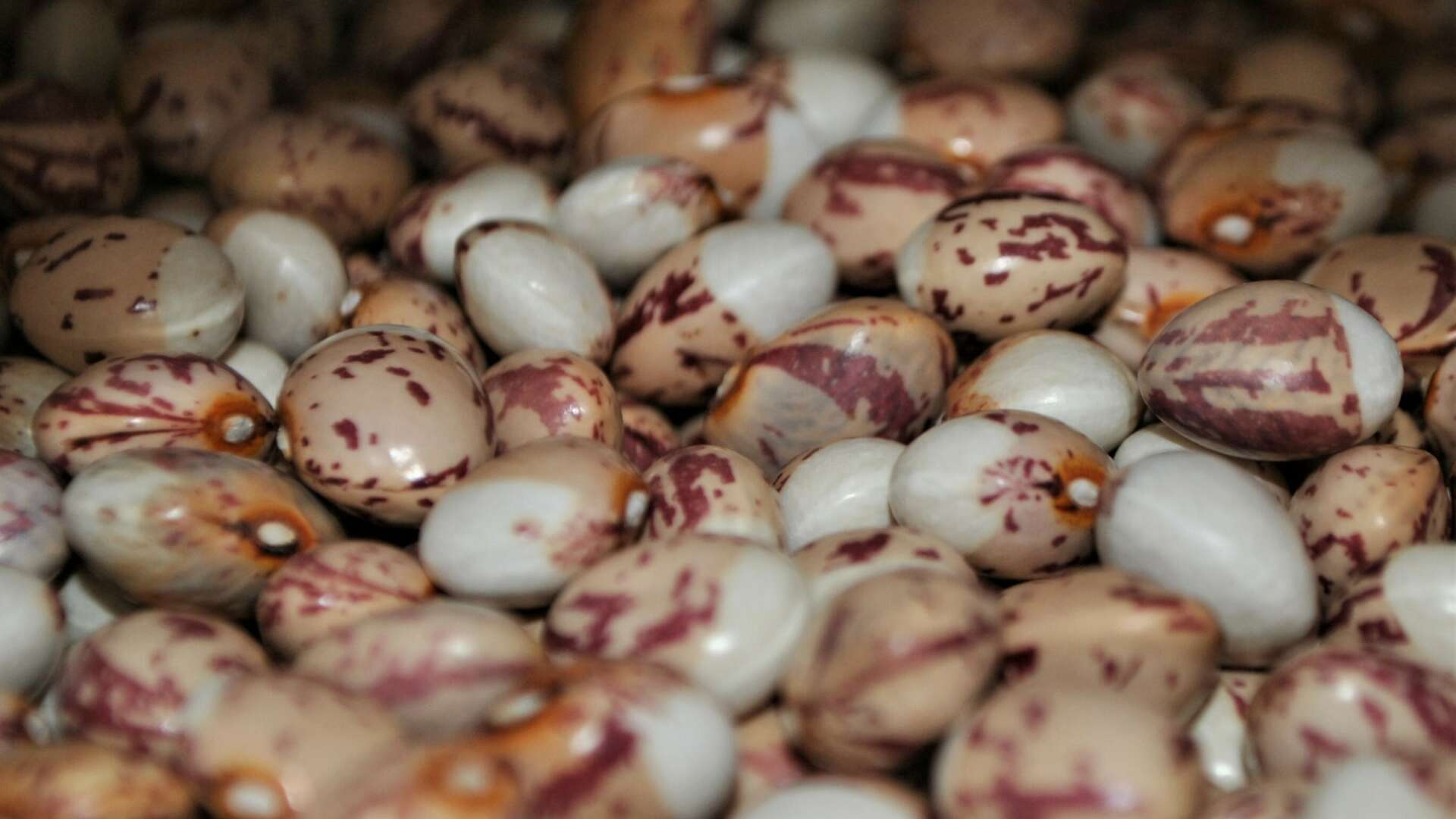Seed saving
Why save seed?

Different people save seed for different reasons. Some do it to preserve a link with the past, growing a variety their parents grew or one peculiar to the place they live. Some do it to assure themselves a supply of seed of a variety no longer available. Some are making a deliberate stand against current trends in the seed industry. Some, like the Heritage Seed Library’s Seed Guardians, do it in order to create surplus seed that can be given to others. Some people are saving seed because they always have done so.
Genetic Erosion
Perhaps the most pressing reason to save seeds of a wide range of vegetable varieties is to keep them alive and in use. Seed banks and plant breeders’ collections preserve diversity, but they are not currently open to the general public who want to grow those varieties. While seed catalogues offer new, improved varieties every year, the reality is that the choice continues to narrow, as does the genetic pool from which they are bred.
The main reasons for this loss of diversity are a mixture of legal and commercial pressures. However, the result of genetic erosion is a loss of choice for the grower and an increase in genetic uniformity in the fields.
Dangers
There are several problems caused by genetic erosion.
Food Security
With uniformity, both genetically and in the form of mono cropping, comes the increased risk of a pest or disease wiping out a whole planting. With uniformity can come limitation in buffering an attack. Many of the varieties currently relied on for our food supply lack the range of genetic information to allow them to adapt to new and changing conditions.
The Environment
Modern varieties have been bred to tolerate, and require, large doses of chemical pesticides and fertilisers. These can persist in the environment and many have the potential to cause harm to humans and other organisms.
Choice
For many producers the main reasons for growing particular varieties is ease of harvest and ability to travel, rather than flavour. Flavour of the month is dictated by what is on offer and what is available, and this is constantly changing. What if your choice isn’t on the producers’ or seed companies’ top ten?
Global Changes
Uniformity in varieties also doesn’t take into account the effect of climatic variations. Local varieties were more common because they grew well in the areas where they were bred.
With changes in climate, pests and diseases, and agricultural practices (the needs for organic farming are very different) choice in varieties will be necessary. When a variety disappears so do those potentially useful characteristics, which we may not yet even, know about, and once they are gone there is little chance that they will ever be recovered.
Solutions
Currently, seeds are stored long-term in gene banks. This effectively freezes the genetic information held within them, providing reference for the future. However, they are only grown out periodically, often many years apart, in order to refresh stocks, so some characteristics may not be known or noticed. Presently these seeds tend to only be available to plant breeders, plant scientists, and researchers but not the general public.
Amateurs can save their own seed, as has been done for thousands of years, well before the advent of large seed companies and modern agriculture. By doing this gardeners have control over their own food. Saving your own seed each year allows your varieties to adapt to your own specific conditions. You will also be able to note any interesting or useful characteristics, such as pest or disease resistance.
There are many ways this seed can be distributed, either through seed schemes like the Heritage Seed Library, or seed swap forums, many of which can now be found on the Internet. Saving seed and growing your own food makes sense for a sustainable future.
Preserve seeds by using them, saving them, and passing some on.